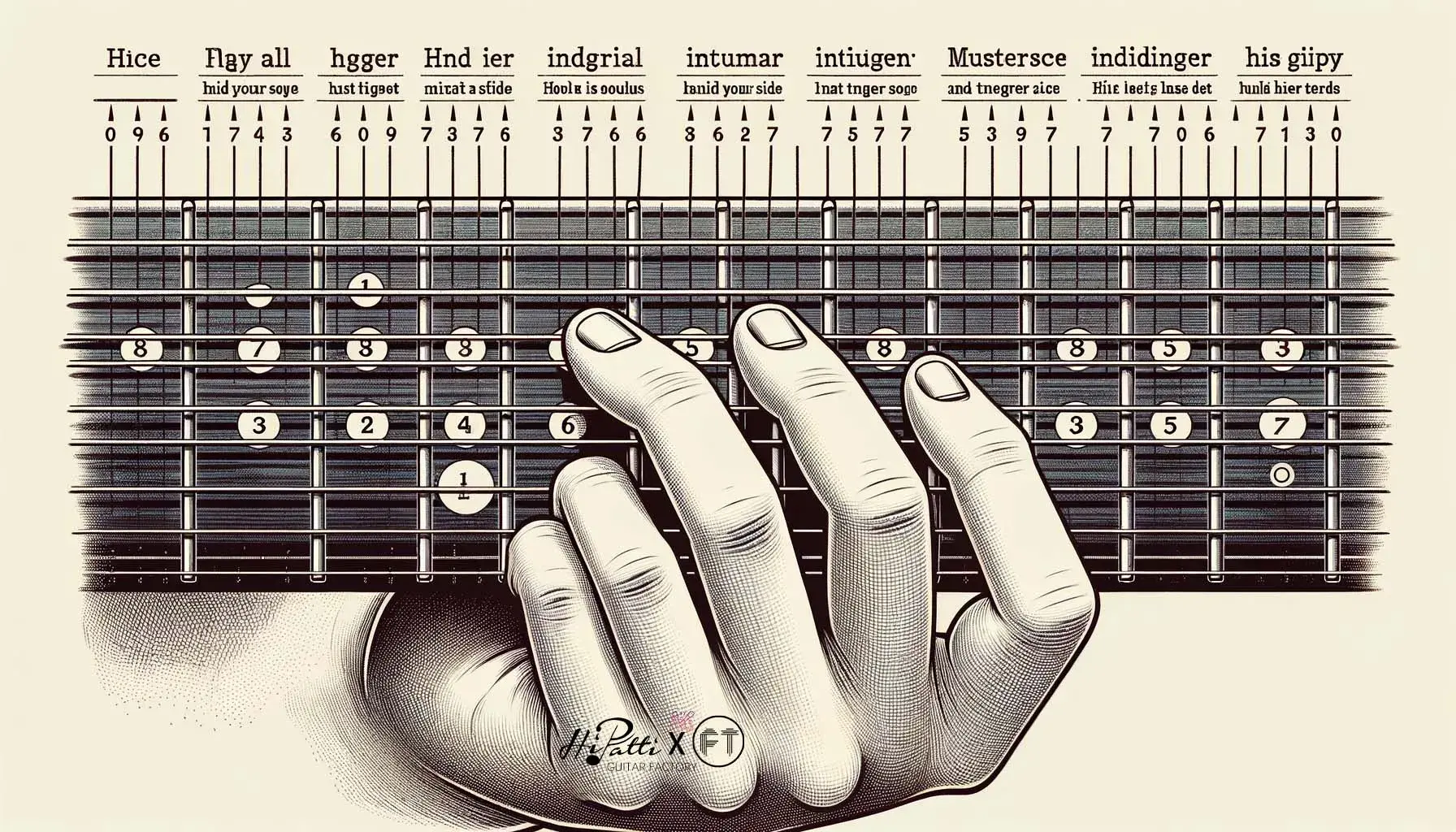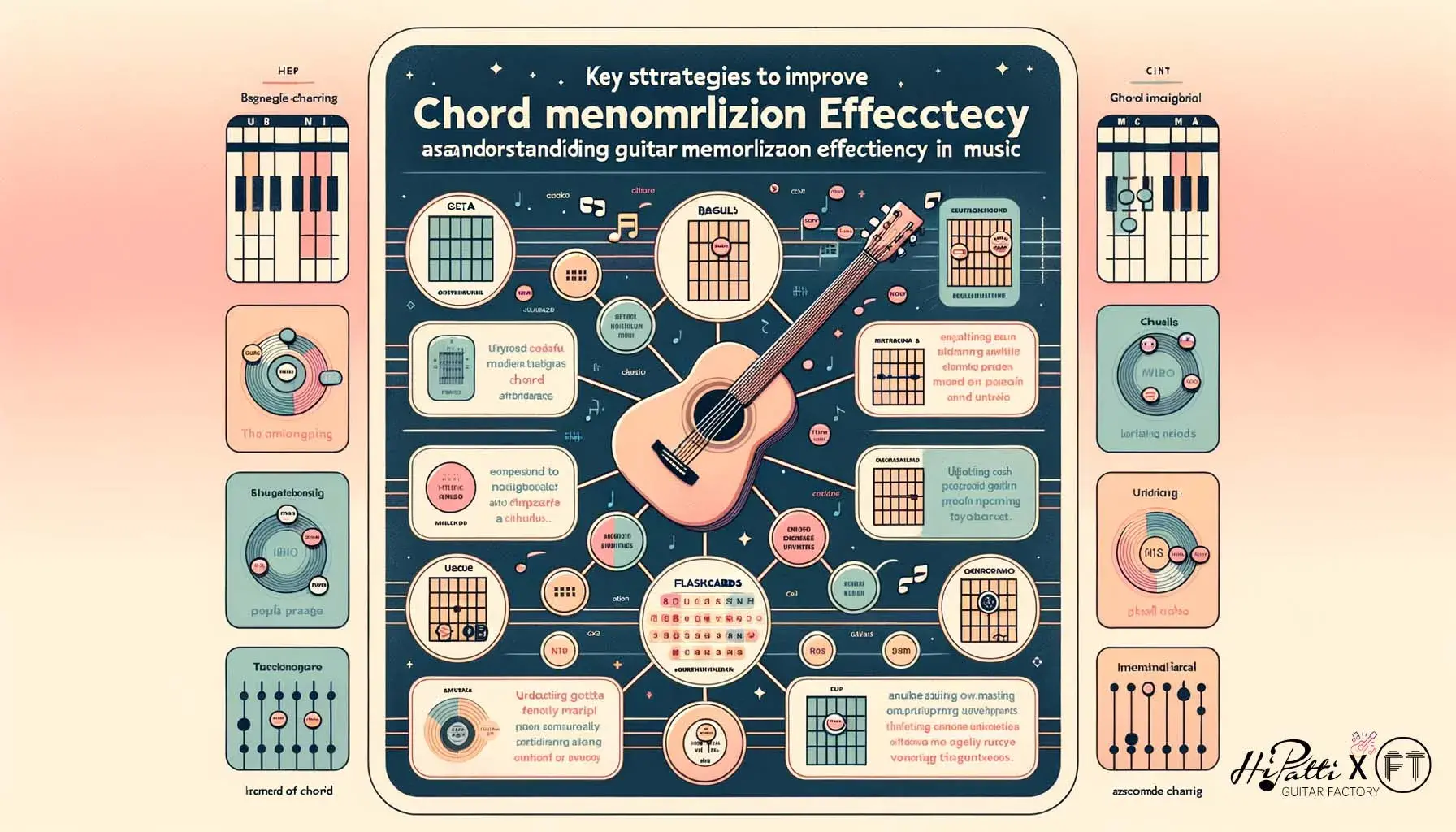Quick Chord Memorization Technique for Guitarists
Guitarists often begin training with scales, leading to chord practices, such as arpeggios. Transitioning directly from scales to chords can be challenging without knowing the notes and their intervals within each chord position. Relying on chord charts can result in quick forgetting due to rote memorization.

How can one fundamentally improve chord memorization efficiency?
First, understand a chord's composition: the root note, third, fifth, and possibly the seventh for seventh chords. By familiarizing oneself with the intervals from the root to the third and root to the fifth, one can quickly construct any triad.
To master the chords of a scale, whether it's C major, E major, D major, Dorian, etc., one should focus on practicing intervals within the scale, especially thirds, fifths, and sevenths.
So, how does one become familiar with intervals?
Practice interval progressions, starting with each note and progressing forward. Mastering the third progression, for example, allows one to quickly build the third interval on any note in C major. The same applies to fifths, sevenths, and beyond. Interval progressions can also serve as material for improvisation.

Another critical point for quick chord memorization is:
Identifying the basic triads. Understanding the basic triads, not necessarily through rote memorization, is crucial. If one is not familiar with intervals, start by memorizing basic triads like C, D, E, F, G, A, B, Cm, Dm, Em, Fm, Gm, Am, Bm. Extending memory from these basic chords can expedite the process, emphasizing the importance of remembering these foundational triads.










